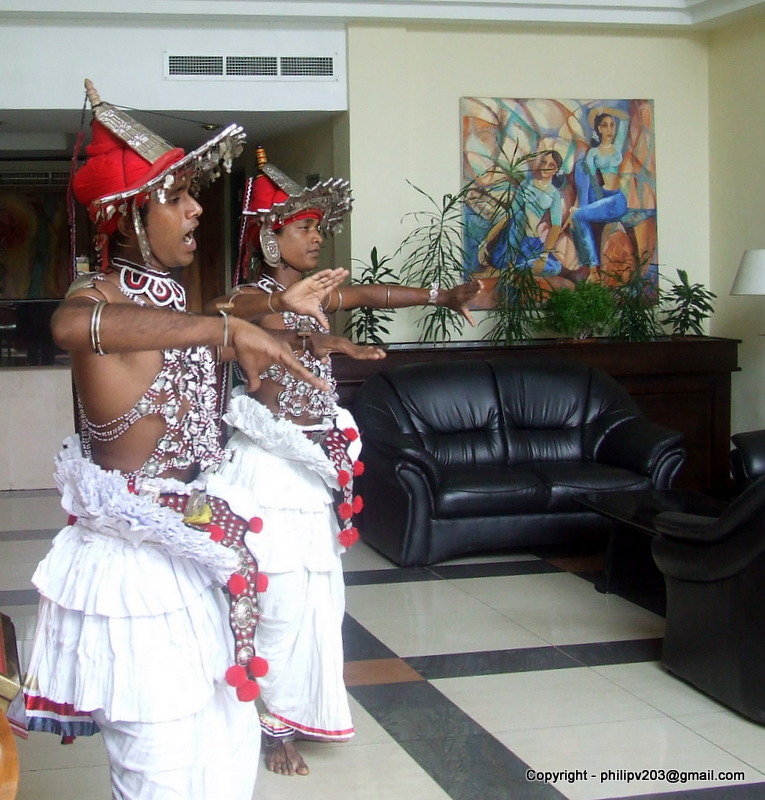 |
| Wild bees starting to build a nest. |
 |
| Thermal imaging of above. |
The wild bees called 'Danduvael Massa' in Sinhalese are the bees native to Sri Lanka. They do nnot stay put for a long time in one place and are aggressive. The honey production is low and they build their nests in caves and tree hollows. The 'Veddas' harvest their honey. I saw this colony under the canopy of our garden swing. They went away within a week. The thermal imaging shows the dark areas as black to grey and the cold areas are white in color.
Having settled down to build their hive under the canopy of our garden swing they were a potential danger to the children using the swing. A village woman gave the answer to the problem. She said that to drive them away you have to taken an 'idhaella' - garden broom made of coconut leaf strands - and wave in in front of the hive. My wife did it and within a few hours they went away for good. That is what I call 'village magic'.








